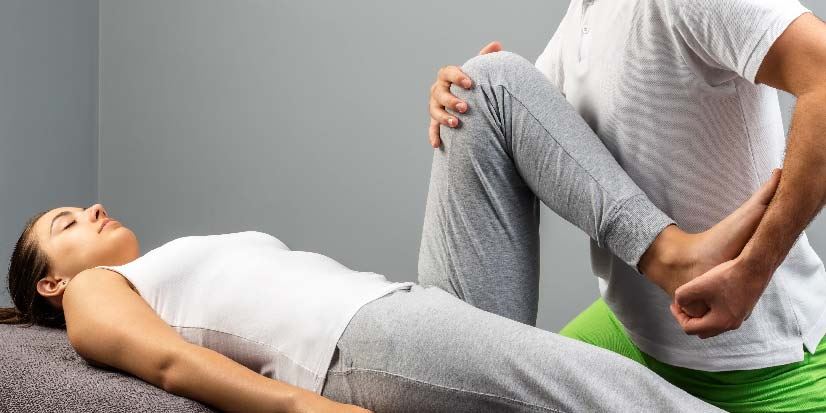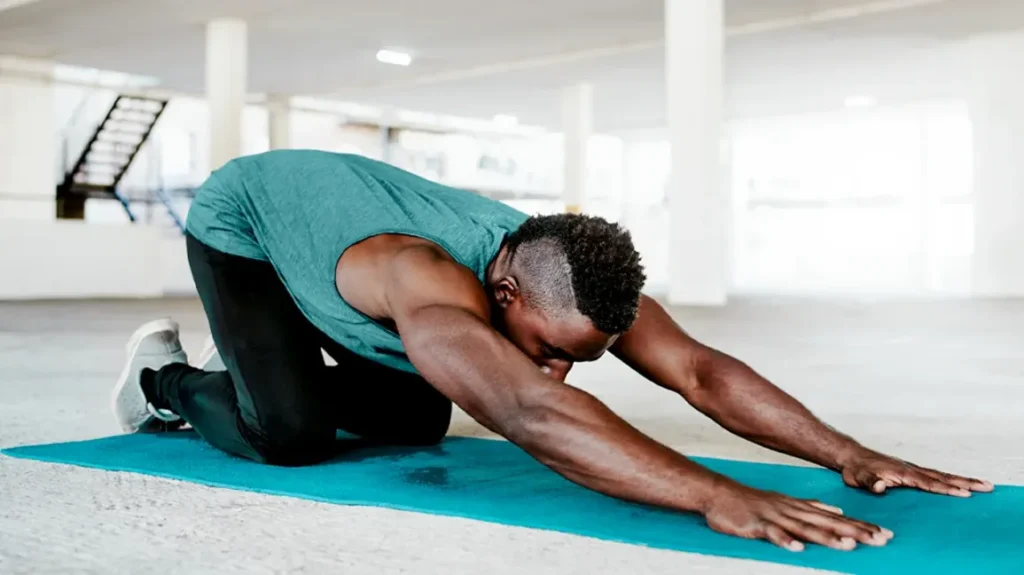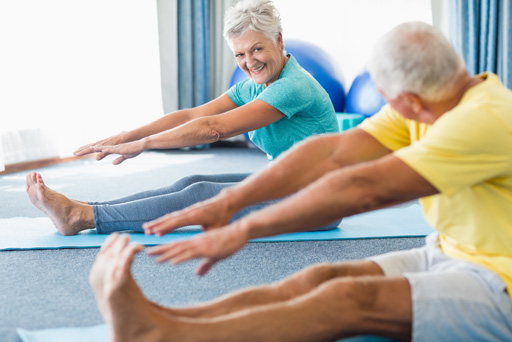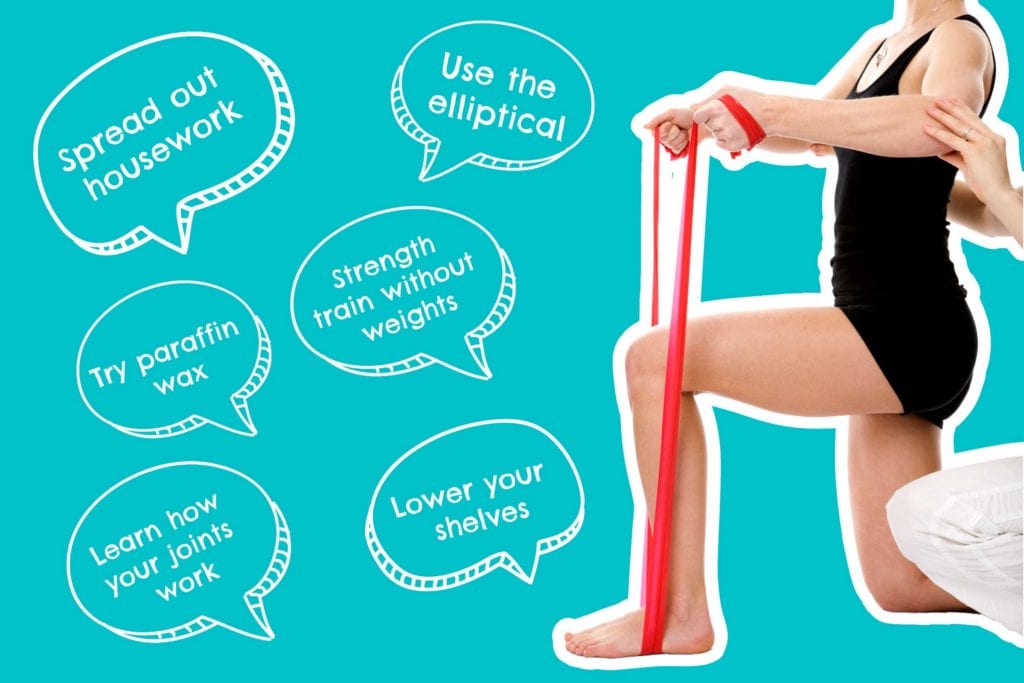Arthritis Management with Physiotherapy: Safe Exercises for Pain Relief
Discover how physiotherapy can ease arthritis pain
Arthritis is a common condition affecting millions globally. Characterized by joint pain, swelling, and stiffness, it can significantly impact one’s quality of life. Managing arthritis effectively requires a comprehensive approach, and physiotherapy stands out as a safe, non-invasive, and highly effective treatment to relieve pain, restore mobility, and promote long-term joint health.
In this blog, we explore how physiotherapy helps manage arthritis, the role of safe exercises in reducing pain and stiffness, and the best physiotherapist-recommended exercises for people with arthritis.

What is Arthritis?
Arthritis refers to a group of conditions causing inflammation in one or more joints. The most common types include:
- Osteoarthritis (OA): A degenerative joint condition caused by the breakdown of cartilage over time.
- Rheumatoid Arthritis (RA): An autoimmune disorder where the body’s immune system attacks the joints, causing inflammation and joint damage.
Common Symptoms of Arthritis:
- Joint pain and stiffness
- Swelling around joints
- Reduced range of motion
- Difficulty performing daily activities

How Physiotherapy Helps in Arthritis Management
Physiotherapy focuses on relieving pain, improving joint function, and enhancing mobility. It empowers individuals to manage arthritis symptoms effectively and regain independence in daily life.
1. Pain Relief
Physiotherapists use several techniques to ease pain:
- Hot and Cold Therapy: Alternating between heat and cold helps reduce joint inflammation and relieve pain.
- TENS Therapy: Transcutaneous Electrical Nerve Stimulation sends mild electrical impulses to block pain signals.
- Manual Therapy: Gentle joint mobilization and soft tissue massage improve blood flow and reduce stiffness.
2. Enhanced Joint Mobility
Targeted mobility exercises help reduce stiffness and improve flexibility. This ensures smoother joint function and reduced discomfort during daily activities.
3. Muscle Strengthening
Strengthening the muscles around affected joints provides better support, reducing joint stress and preventing further wear and tear.
4. Posture and Alignment Correction
Poor posture and joint misalignment worsen arthritis symptoms. Physiotherapists assess your posture and provide correction techniques to ease joint pressure.
5. Education and Lifestyle Management
Arthritis management includes learning:
- Joint protection strategies
- Ergonomic tips for daily activities
- Self-management techniques to reduce flare-ups

Safe Exercises for Arthritis Pain Relief
Regular low-impact exercise is essential for arthritis patients to maintain strength and mobility without increasing joint stress.
1. Range-of-Motion Exercises
These gentle movements prevent stiffness and keep joints flexible:
- Shoulder Rolls: Roll shoulders in circles to ease tightness.
- Neck Tilts: Gently tilt your head side to side and front to back.
- Wrist Flex & Extend: Slowly bend wrists forward and backward.
2. Strengthening Exercises
Strengthening muscles helps support the joints:
- Leg Raises: Lie flat, raise one leg at a time to strengthen thigh muscles.
- Bridges: Lift hips off the ground while lying down to build lower back and glute strength.
- Bicep Curls: Use light dumbbells for upper limb strength.
3. Low-Impact Cardio Exercises
Boost heart health and endurance without stressing joints:
- Walking: A simple, effective low-impact exercise.
- Swimming or Water Aerobics: Water supports joints while allowing movement.
- Stationary Cycling: Builds leg strength with minimal joint pressure.
4. Stretching Exercises
Stretching enhances flexibility and reduces muscle tightness:
- Hamstring Stretch: Sit with one leg extended, lean forward gently.
- Quadriceps Stretch: Pull one foot toward your glutes while standing.
5. Balance and Stability Training
Improves body control and reduces fall risk:
- Single-Leg Stand: Balance on one leg with support if needed.
- Heel-to-Toe Walk: Improves stability and coordination.

FAQs About Arthritis and Physiotherapy
Q1: Can physiotherapy cure arthritis?
No, but it effectively manages symptoms and improves joint function to help maintain an active lifestyle.
Q2: How often should I visit a physiotherapist?
Initially 1–2 times a week. Frequency may reduce as your condition improves.
Q3: Is it safe to exercise with arthritis?
Yes. The right exercises help reduce pain and stiffness. Avoid high-impact movements unless advised otherwise.
Q4: What exercises should I avoid with arthritis?
Avoid high-impact activities like running or jumping, especially during flare-ups. Stick to low-impact, physiotherapist-approved routines.
Q5: When will I start feeling better?
Most patients feel relief within a few weeks, but consistent therapy is essential for long-term results.

Begin Your Arthritis Recovery with FitoFine Physiotherapy
At FitoFine Physiotherapy, we understand how arthritis can limit your life. Our expert physiotherapists offer personalized treatment plans that combine safe exercises, manual therapy, and education to help you regain control, reduce pain, and move freely again.

Contact FitoFine Today!
FitoFine Physiotherapy Clinic
Hours: Monday to Saturday – 5:00 PM to 10:00 PM | Sunday – Closed
Email: fitofine.in@gmail.com
Website: www.fitofine.com
Phone/WhatsApp: +91 6295115701
FitoFine: Moving You Toward a Pain-Free Future!


